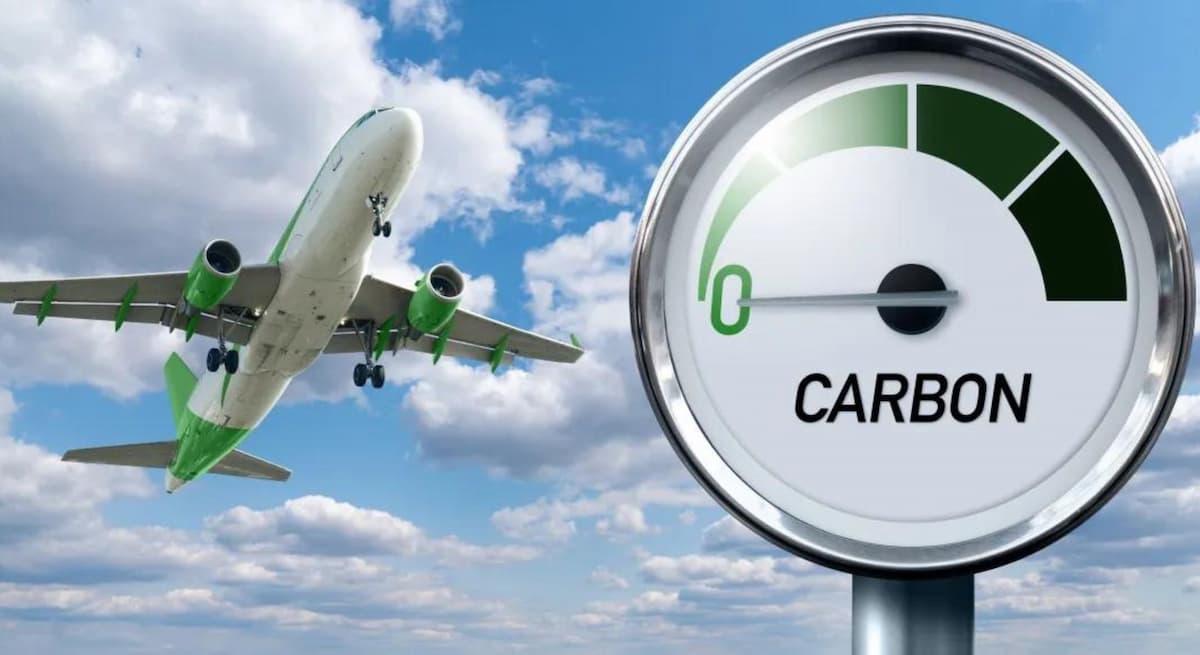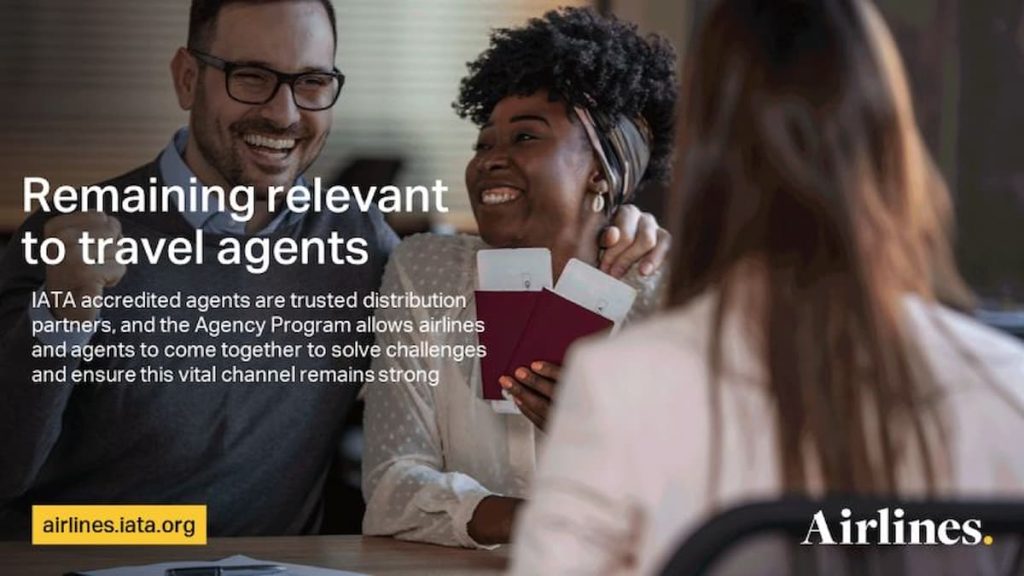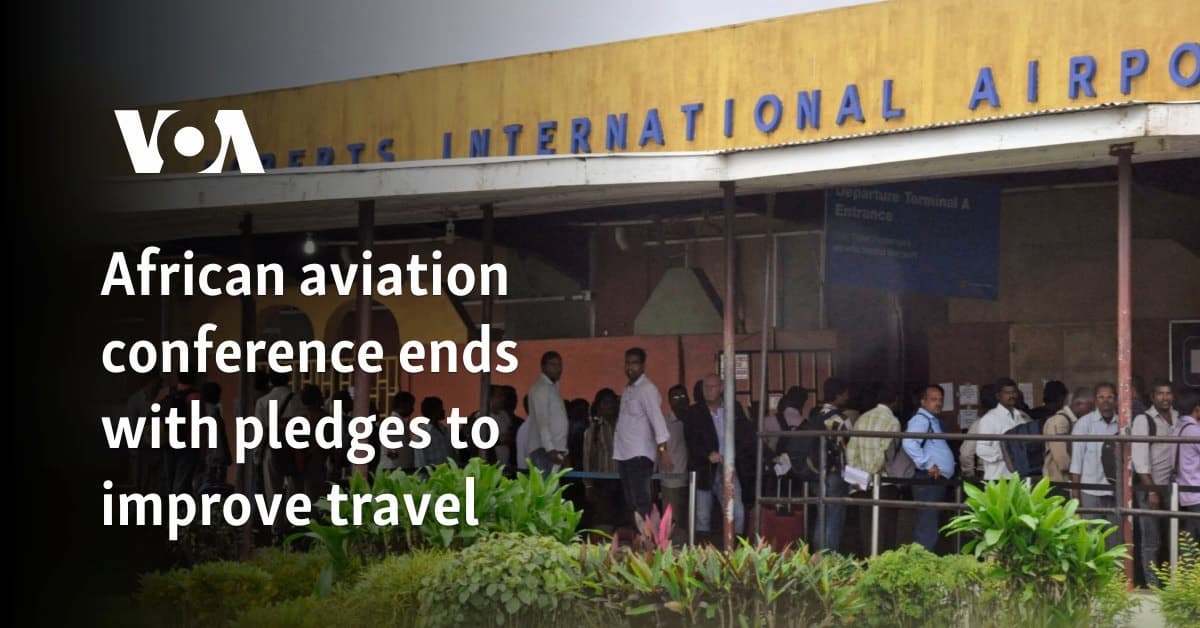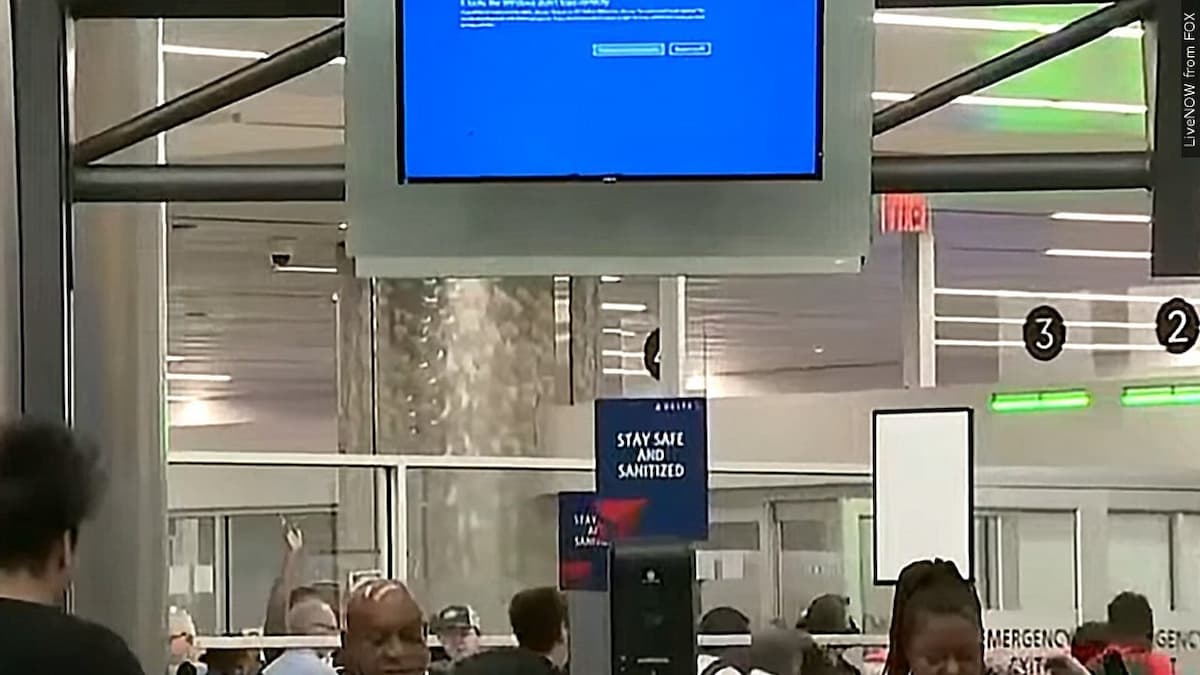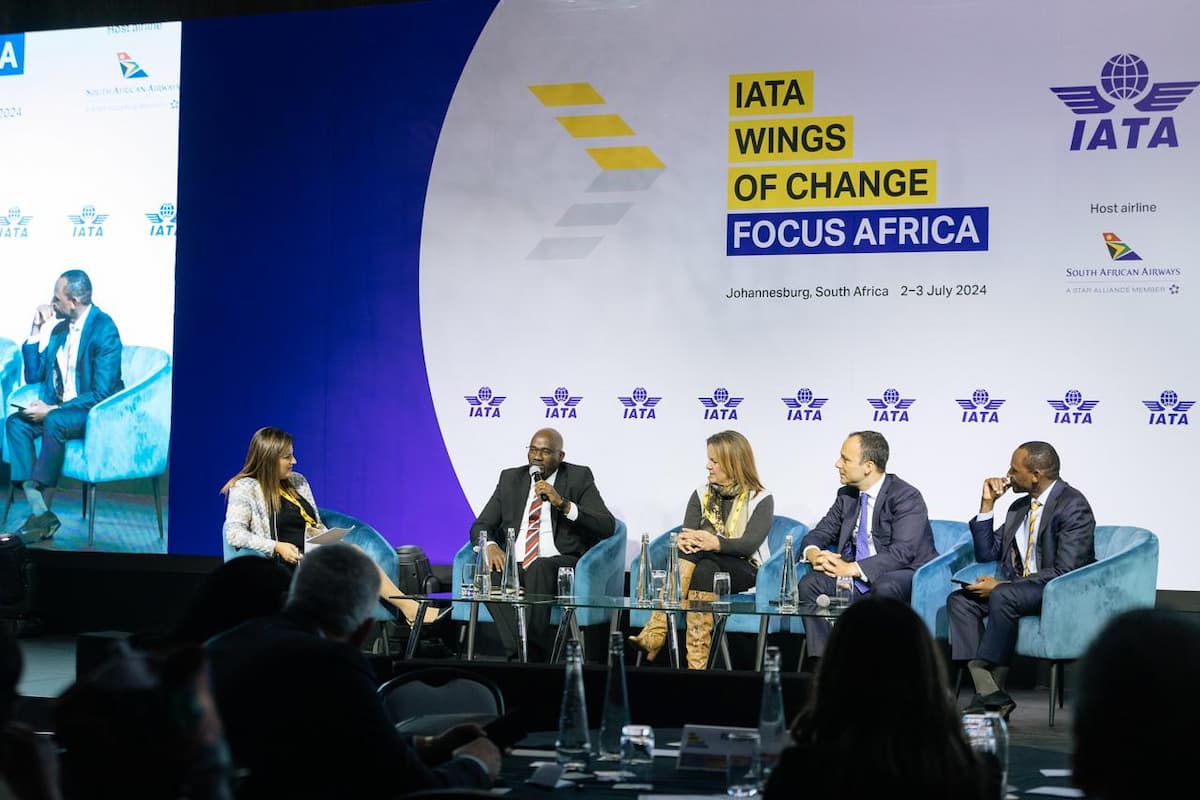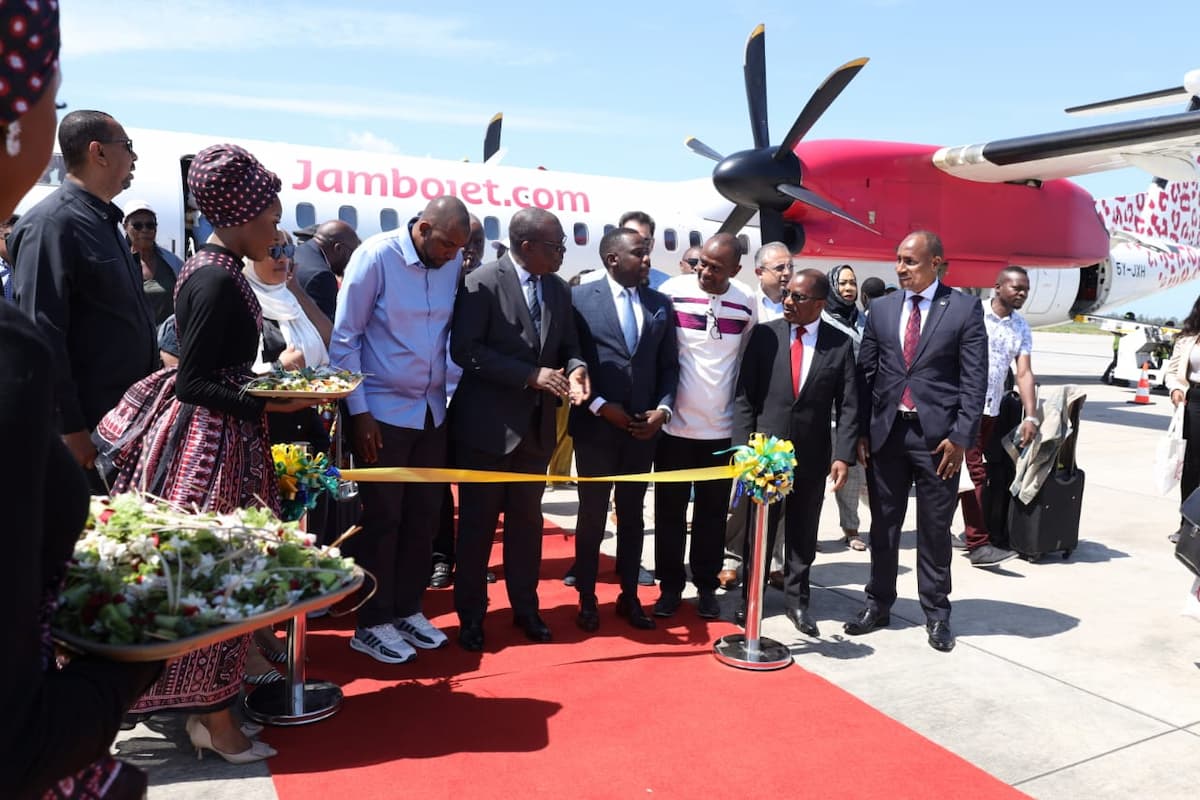The African aviation sector reached a significant milestone this week with the conclusion of the African Aviation Conference, held in Addis Ababa, Ethiopia. This pivotal event brought together key stakeholders from across the continent and beyond, including government officials, airline executives, aviation experts, and industry partners. Over three days of intensive discussions, panels, and networking sessions, participants charted a forward-looking vision aimed at transforming Africa’s aviation landscape.
The conference, organised by the African Civil Aviation Commission (AFCAC), was themed “Elevating African Aviation: Innovation, Sustainability, and Connectivity.” It focused on addressing the unique challenges and opportunities within the African aviation industry. In his opening remarks, AFCAC Secretary General Tefera Mekonnen highlighted the sector’s potential to drive economic growth, enhance regional integration, and improve the quality of life for millions of Africans. Key Issues Discussed
Infrastructure Development:
One of the primary topics was the urgent need for infrastructure upgrades. Many African airports and related facilities lag behind global standards, hampering efficiency and safety. Delegates emphasised investments in modernising airports, expanding runways, and enhancing air traffic control systems. Public-private partnerships (PPPs) were identified as a crucial mechanism to mobilise the required funding.
Airline Cooperation and Partnerships:
The conference underscored the importance of cooperation among African airlines. Fragmentation has long been a challenge, with many small national carriers struggling to compete with international giants. The idea of forming strategic alliances and partnerships was championed to enhance competitiveness and expand route networks. The African Airlines Association (AFRAA) proposed initiatives to foster deeper collaboration and resource sharing among member airlines.
Regulatory Harmonisation:
Regulatory fragmentation across different African countries poses a significant barrier to seamless air travel. The implementation of the Single African Air Transport Market (SAATM), a flagship project of the African Union (AU), was a key focus. The initiative aims to create a unified air transport market in Africa, promoting competition and reducing airfares. Conference attendees called for accelerated adoption of SAATM by all AU member states to unlock the full potential of the aviation sector.
Sustainability and Environmental Concerns:
Environmental sustainability emerged as a crucial agenda item. Africa’s aviation industry is not immune to the global push for greener practices. Discussions centred on reducing carbon emissions, adopting sustainable aviation fuels (SAFs), and implementing more efficient flight operations. The International Air Transport Association (IATA) presented a roadmap for African airlines to achieve net-zero carbon emissions by 2050, aligning with global aviation targets.
Technology and Innovation:
Embracing technological advancements was highlighted as a pathway to revolutionise African aviation. From digital ticketing and biometric boarding systems to advanced data analytics for optimising flight operations, technology can enhance the passenger experience and operational efficiency. The conference featured showcases of cutting-edge solutions tailored for the African market, encouraging stakeholders to invest in and adopt these innovations.
Pledges and Commitments
The conference culminated in a series of pledges and commitments aimed at translating the discussions into concrete actions. Some of the key pledges included:
Investment in Infrastructure: Governments and private investors committed to allocating substantial resources towards upgrading and expanding airport infrastructure. This includes modernising terminals, enhancing cargo facilities, and improving air navigation services.
Enhanced Collaboration: African airlines vowed to work more closely through codeshare agreements, joint ventures, and shared services to enhance connectivity and operational efficiency. The establishment of an African aviation alliance was proposed to foster deeper cooperation.
Regulatory Reforms: Several countries pledged to expedite the implementation of SAATM, aligning their regulatory frameworks to facilitate a single aviation market. AFCAC committed to providing technical support and capacity-building programs to assist member states in this transition.
Sustainability Initiatives: Airlines and aviation authorities committed to adopting environmentally sustainable practices. This includes investing in SAFs, optimising flight routes to reduce fuel consumption, and implementing carbon offset programs.
Technological Adoption: Stakeholders pledged to embrace digital transformation, investing in technologies that improve safety, efficiency, and the passenger experience. This includes enhancing cybersecurity measures to protect against emerging threats.
Looking Ahead
The African Aviation Conference marked a significant step towards a more connected, efficient, and sustainable aviation sector in Africa. However, the real challenge lies in turning these pledges into reality. Continuous collaboration, investment, and innovation will be essential to overcoming the obstacles and realising the vision outlined during the conference.
As the conference concluded, there was a palpable sense of optimism and determination among the delegates. With the right strategies and concerted efforts, Africa’s aviation industry has the potential to soar to new heights, driving economic growth and improving the lives of millions across the continent. The future of African aviation looks promising, and the commitments made at this conference provide a strong foundation for the journey ahead.
Source: Tekedia.


